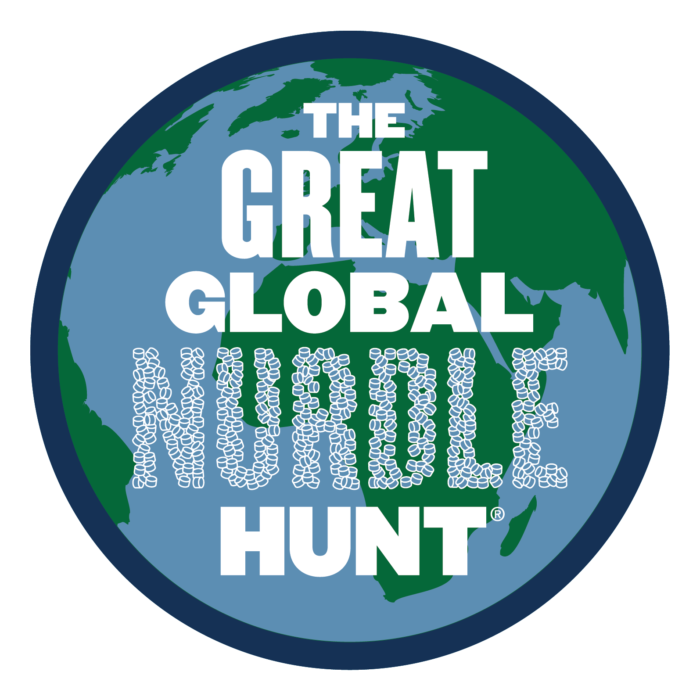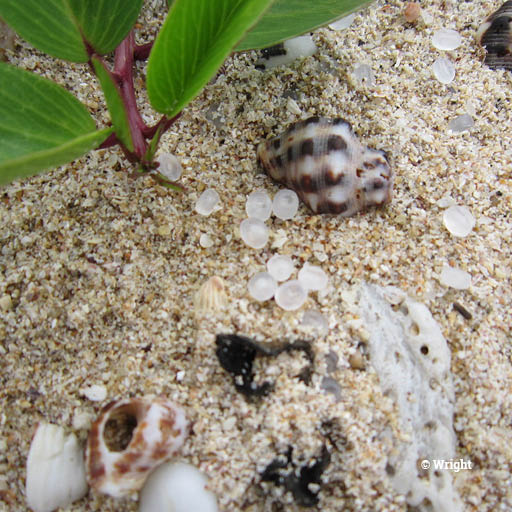Hunting for solutions to plastic pollution: join in The Great Global Nurdle Hunt!



Once again, it’s time to put on our boots, trek to the nearest beach and dig around for plastic pellets in the fight against plastic pollution.
Between 13-22 March, EIA is proud to again support the Great Global Nurdle Hunt – a citizen science project welcoming volunteers from around the world to search for and document the tiny polluting plastic pellets also known as nurdles.
Nurdles are the building blocks of the entire plastics industry; virtually every plastic product in existence is moulded from these troublesome microplastics.
 Due to poor handling practices, an estimated 230,000 tonnes of nurdles leak into the environment annually during the production, transport and conversion stages of the supply chain. As such, they constitute the second largest source of marine microplastic pollution in Europe.
Due to poor handling practices, an estimated 230,000 tonnes of nurdles leak into the environment annually during the production, transport and conversion stages of the supply chain. As such, they constitute the second largest source of marine microplastic pollution in Europe.
At such a small size, nurdles look like fish eggs and other small animals and so are readily mistaken for food by at least 180 species, including seabirds and fish. Their tiny size makes them extremely difficult to find and clean up and, due to their synthetic nature, they persist in the environment for centuries.
What’s more, nurdles accumulate nasty toxic chemicals such as polychlorinated biphenyls (PCBs) and dichlorodiphenyldichloroethylene (DDE); recent research has found that the concentrations of these chemicals on nurdles can be up to one million times more concentrated than in surrounding water! These toxic chemicals are now known to transfer along marine food chains, accumulating in fish and other seafood.
Little is understood of the impacts of these chemicals on human health, but they are likely to increase the risk of obesity, cancer, asthma and cardiovascular disease.
To stop these pellets from entering the environment, we need robust national and European Union legislation to ensure best practice handling for pellets happens along the whole supply chain, with monitoring and enforcement to ensure it is implemented effectively. Recent research indicates that this approach will be the most effective at reducing pellet loss (by up to 95 per cent) as well as being the most cost-effective means of doing so.
 Furthermore, retailers selling plastic products also have a responsibility to do their bit to tackle nurdle pollution; they should ensure that these best handling practices have been used for the pellets used in the packaging they put on the shelves.
Furthermore, retailers selling plastic products also have a responsibility to do their bit to tackle nurdle pollution; they should ensure that these best handling practices have been used for the pellets used in the packaging they put on the shelves.
In our second supermarket report, Checking out on Plastics II, we discovered there has been some progress on behalf of retailers to engage with the pellet supply chain during the past year through Operation Clean Sweep. This is an industry-led voluntary scheme which provides a toolbox of best practices to prevent nurdle loss. However, the scheme is not particularly effective at reducing pellet loss due to a lack of obligation, monitoring and enforcement. As such, more progress is needed to ensure best practice handling of pellets through supplier policies.
Last year, the Great Global Nurdle Hunt volunteers found pellets in 28 of 32 countries surveyed. This year, we want to keep the pressure on decision-makers and corporates by exposing this threat even further.
Getting involved is quick and easy – and you’ll be participating in a global effort that pushes for change.
See you on the beaches!